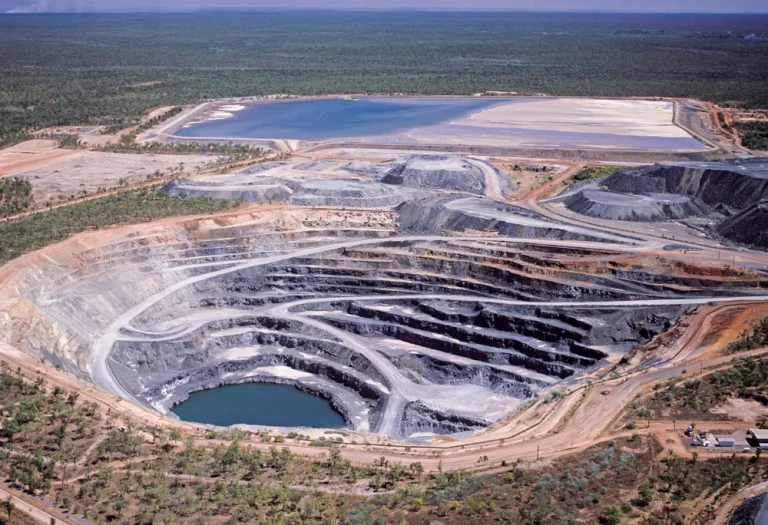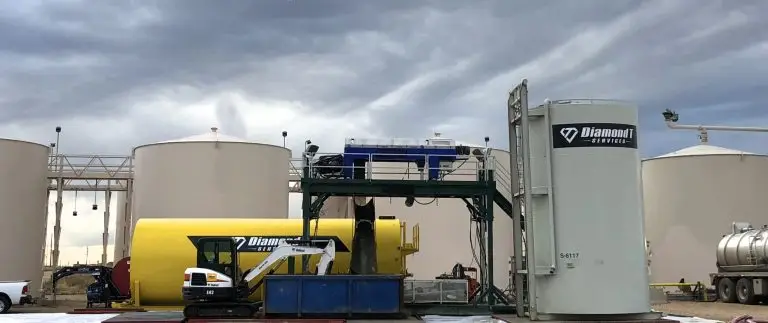
Are you needing a solids control expert but have a ton of questions? Like what exactly is it? How does it work? What if I have problems? It’s completely natural and normal to wonder why and how things work, especially when it comes to this business. Here at Diamond T Services, this is just one of the services we provide and we’re here to answer any questions you can throw our way, starting with our most frequently asked questions below.
What is considered solids control?
Simply put, solids control is a technique used in a drilling rig. This technique is used to separate the solids that end up in drilling fluids from being crushed by the drill bits. These solids are then moved out of the well surface. There are typically five pieces of equipment used in solids control: the mud tank, shale shaker, vacuum degasser, de-sander, de-silter, and centrifuge.
What are the principles of solids control?
A quality solids control system will use the combination of a shaker, hydrocyclone, mixing, pump and compartmentalized tank technologies. The shaker is the most important and is vital to the solids control system. This is considered the first line of defense. Downstream from the shaker will be a hydrocyclone assembly with either a de-silter, de-sander or both. While adding a centrifuge still isn’t common within solids control, it’s becoming increasingly popular and helps achieve the highest level of cut available today.
How does material segregate?
Segregation can occur during shifting or fluidization. This process requires easy flowing material, interparticle motion, and a range of particle sizes.
Sifting occurs when you fill a bin or form a pile and fine particles are sifted through the coarse particles. This allows for the fine material to concentrate in the center while the coarse particles roll or slide to the outside. The process of sifting is considered side-to-side segregation.
Fluidization uses a type of conveyor, usually a pneumatic conveyor. Solids are dropped into a bin from this conveyor and the coarse particles are driven to the bottom while the fine particles settle on top. This is considered top-to-bottom segregation.
What happens if material is extremely difficult flowing?
An unassisted gravity process is the best way to handle materials; however, sometimes gravity needs help, this is when a flow aid device may be used. You can have your material’s flow properties measured to find out if gravity is the problem and to help choose a flow aid device. You can choose a variety of different flow aid devices, from vibratory, agitation, forced extraction, aeration, flow aid chemicals, and even explosives. At Diamond T Services, we provide equipment rental and support services for the oilfield, utility and infrastructure industries throughout the United States, including Colorado, Texas, Wyoming, Oklahoma, North Dakota, and Pennsylvania. In fact, we are listed as one of the best Oilfield Rental Companies in the country. Contact us today and we’ll answer all your questions honestly and to the best of our ability.






